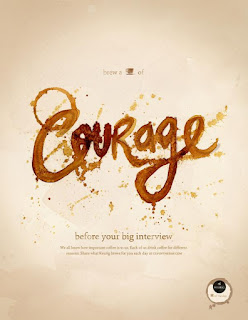Explore a mass-produced product that has been created nearly entirely for simple consumption. Examine one or more advertisements/commercials for this product and explore how the company presents it as a convenience, an essential to daily life, or something you just have to acquire.
If you need help with some examples, you might find them here:
- 25 Wasteful Things You Can Live Without
- 10 Things That are Super Convenient but Also SUPER Wasteful
- 13 Products That Are Unnecessary and Wasteful
- What is the mass-produced item? Explain what it is and how it is wasteful.
- Link to or embed at least two examples of this product being sold.
- Explain the ways in which the product appeal to audiences.
- Identify problems with the production and selling of the good according to the material from this week.
EXAMPLE
The rise of Keurig cups and machines in the last decade has been a disappointing surprise. I was fascinated by the proliferation of coffee shops (namely, Dunkin Donuts and Starbucks) since the 1980s, but while they don't seem to be stopping any time soon, we also see a growing abundance of Keurig machines. For those who aren't familiar, there are small cups filled with concentrated coffee and coffee grinds that are popped into a machine that will generate a cup of coffee. Basically, each small plastic cup generates one cup of coffee. If you are like me and drink way more coffee than you should (some days, I may hit 6-8 cups), that would mean 6-8 plastic cups that are off to the garbage dump (note: I don't use Keurig cups, I cold-brew my coffee in 1-gallon batches with minimal environmental impact). Thus, the waste factor for Keurigs is pretty significant. Never mind that these packets come in packaging when sold in stores, they are single use-products that can easily accumulate double digit waste per person with a day or two.
What's interesting about the Keurig is that it pulls in people on two fronts. The first is the Keurig machine, which is a machine, like most modern machines, cheap and susceptible to breaking down (and therefore needing a new one). There's also the Keurig cups themselves that one needs to regularly purchase. Thus, the user is not just buying a singular machine, but ultimately subscribing to their wasteful product.
In terms of their advertising, I submit the following images and conversations.
 |
| Source |
 |
| Source. |
No comments:
Post a Comment